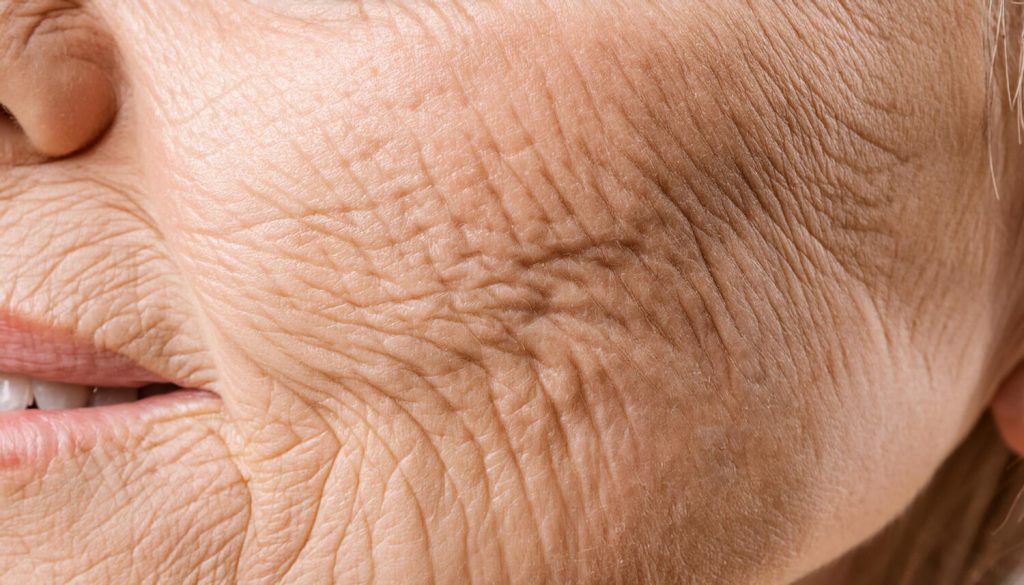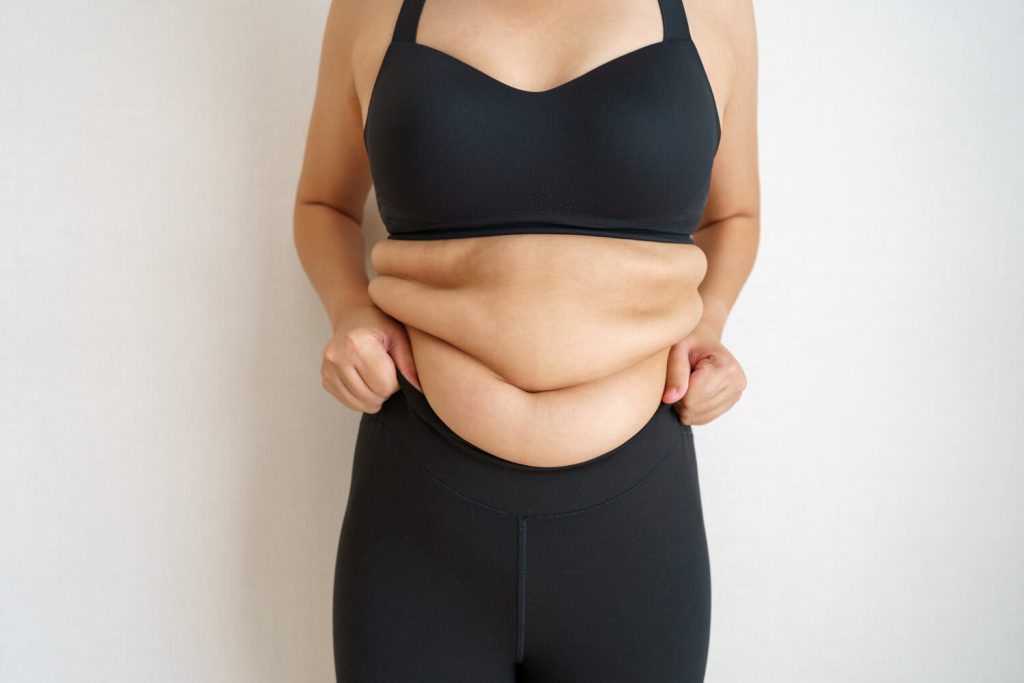Fine lines, marks around the eyes, or folds on the forehead often bring discomfort at different stages of life. Women and men start looking for ways to soften these signs for many reasons: self-esteem, work, visible aging.
Medical treatments, aesthetic procedures, and daily care come up as options. Each method points in a different direction. Some involve needles, others lasers, and there are also solutions with creams applied at home. Results vary depending on skin type, wrinkle depth, and consistency of care.
This content outlines the main treatments to reduce wrinkles. The reading helps clarify what each approach tends to offer, the types of techniques commonly used, and when people usually seek professional guidance.
Choosing a treatment may start with an appointment, a casual conversation, or a question that just popped up.
What causes wrinkles?
Wrinkles tend to appear when the skin starts losing strength and flexibility. This process usually happens over time, but some habits speed it up. Age plays a part, though sun exposure, smoking, and daily stress often leave marks much earlier.
As the skin produces less collagen and elastin, it becomes thinner and less able to recover from movement. Expressions like smiling or frowning start forming lines that stay longer. Repeating these expressions every day contributes to deeper wrinkles, especially around the eyes, mouth, and forehead.
Sun exposure often stands out as a major factor. Ultraviolet rays break down skin fibers and lead to sagging and uneven texture. Without sunscreen, the damage builds up over the years. Indoor tanning adds even more risk.
Smoking limits blood flow and brings fewer nutrients to the skin. This habit also creates repeated movements with the lips, which usually results in fine lines around the mouth. Alcohol and poor sleep tend to leave the skin dry and tired-looking, which makes wrinkles more visible.
Genetics also influence how and when wrinkles form. Some people notice early signs even with good habits, while others see fewer changes despite sun or lifestyle factors. Skin tone, facial structure, and natural oil production often shape how the aging process unfolds.
Each of these elements connects to how wrinkles show up and what kind of care becomes necessary. Understanding the causes helps guide which treatments to reduce wrinkles might make sense for each person.
Read more:
👉Tailoring treatments to different age groups
Treatments to reduce wrinkles at home
Home care often becomes the first step for those who start noticing early signs of aging.
1. Over-the-counter creams and serums
Drugstores and beauty retailers tend to offer a wide range of creams and serums that target wrinkles. These products usually come with ingredients like hyaluronic acid, vitamin C, or glycolic acid.
Some formulas focus on hydration, while others aim to improve skin texture or tone. Regular use may help reduce fine lines and improve how the skin looks over time.
2. Retinoids and peptides
Some of the most common treatments to reduce wrinkles at home include products with retinoids or peptides.
Retinoids, like retinol, often support cell turnover and may smooth the skin’s surface.
Peptides usually assist in maintaining skin firmness by working on collagen.
These ingredients typically require consistency and may lead to results after weeks or months of application.
3. Daily habits that support wrinkle reduction
Habits developed at home may influence the appearance of wrinkles. Washing the face with mild cleansers, using moisturizer twice a day, and wearing sunscreen—even indoors—can support skin health. Drinking water and avoiding harsh scrubs may also help prevent early damage.
Some people use facial rollers or massage tools to stimulate circulation, though results may vary. Including these actions as part of a routine might improve the outcome of other treatments to reduce wrinkles.
Non-surgical treatments to reduce wrinkles
People often search for options that do not involve surgery when looking for ways to improve facial lines. These procedures usually happen in clinics, with short recovery and visible changes after a few sessions.
1. Botox
Botox tends to be one of the most requested treatments to reduce wrinkles. This injectable product relaxes muscles that form expression lines, especially around the forehead, between the eyebrows, and near the eyes.
Results may appear within a few days and last for months. Maintenance often requires returning every three to six months.
2. Dermal fillers
Fillers usually help restore volume in areas where wrinkles form due to skin loss or facial fat reduction. Hyaluronic acid-based fillers work under the skin to smooth folds and lines, especially around the mouth and cheeks. The procedure often takes less than an hour and tends to offer immediate results.
Read more:
👉Dermal fillers: what they are and how they work
3. Chemical peels
Chemical peels use controlled chemical solutions to remove damaged outer skin layers. This process often reveals smoother skin and may reduce fine lines, uneven tone, and texture.
Light or medium peels usually require less downtime, while deeper peels might involve more recovery.
4. Microneedling
Microneedling uses small needles to create micro-injuries in the skin, which triggers natural collagen production. Over time, this treatment may help reduce wrinkles, scars, and texture irregularities. Some sessions include serums to boost absorption and improve the effects of the procedure.
5. Laser resurfacing
Laser treatments remove damaged skin with light energy and usually target wrinkles, dark spots, and rough texture. Depending on the technology, some lasers treat the surface only, while others go deeper into the skin. Healing time varies, and several sessions might be necessary for visible improvement. Laser resurfacing appears among the most advanced non-surgical treatments to reduce wrinkles offered in U.S. clinics today.
Read more:
👉Face Lift vs. Non-Surgical Alternatives: Which is right for you?
Surgical treatments to reduce wrinkles
When wrinkles appear more deeply and other methods show limited results, surgical procedures may offer longer-lasting improvement. These options usually involve anesthesia, recovery time, and a consultation with a board-certified plastic surgeon.
1. Facelift
A facelift usually targets sagging skin and deep wrinkles in the lower face and neck. The surgeon repositions and tightens facial tissues through incisions near the ears or hairline.
This procedure may help reduce visible signs of aging and restore a smoother facial contour. Recovery often takes a few weeks, and results tend to last for years.
2. Brow lift
A brow lift addresses lines on the forehead and drooping eyebrows. Small incisions placed behind the hairline allow the surgeon to lift the brow area and reduce skin creases.
The goal often focuses on improving the upper face and making the eyes appear more open.
3. Eyelid surgery
Eyelid surgery, or blepharoplasty, usually removes excess skin and fat from the upper or lower eyelids.
This treatment may reduce puffiness, sagging, and fine lines around the eyes. Some patients choose this option to improve both appearance and vision if sagging skin affects their sight.
These surgical treatments to reduce wrinkles typically require careful evaluation and recovery planning. The results may bring longer-term changes when compared to non-invasive alternatives.
How to choose the right treatment?
Different treatments work for different people. Personal goals often shape which direction to take. Some want subtle changes, while others look for longer-lasting results.
A consultation with a qualified plastic surgeon helps outline what’s possible. The provider reviews skin condition, listens to concerns, and discusses options. In some cases, a combination of treatments might be recommended. This step tends to clarify what aligns with expectations and what kind of outcome might happen.
Some treatments to reduce wrinkles work better for certain skin types, for example:
- Laser resurfacing may not suit darker skin tones due to pigment risks.
- Fillers usually help with volume loss, while Botox targets expression lines.
- Fine lines may respond well to creams and peels, but deeper wrinkles often need more advanced solutions.
Reviewing all these factors helps avoid unwanted results and supports a smoother experience from start to finish. Wrinkle treatment works best when it fits the person, not just the trend.


